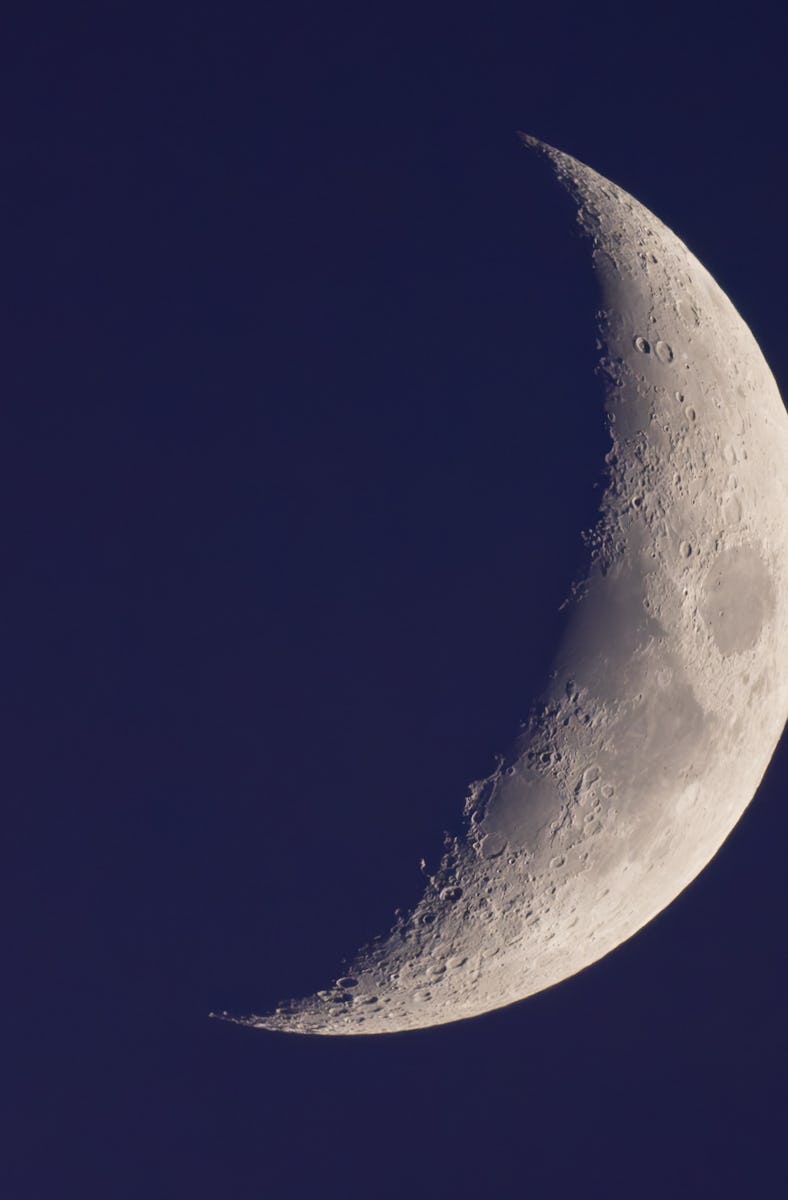Japan’s Moon Lander is Starved For Battery Life — Here’s How It Could Be Saved
Japan powered down this historic mission to keep it alive.

Shortly after Japan made history by placing its first lander on the Moon, the Japan Aerospace Exploration Agency (JAXA) powered it down. The decision is a cork-stopper, as officials are looking for ways to keep the robot alive.
Two and a half hours after Smart Lander for Investigating Moon (SLIM) turned Japan into the fifth nation to ever successfully land on the Moon, JAXA couldn’t confirm power from SLIM’s solar cells. This thin hardware is SLIM’s way of gathering renewable energy far away from Earth.
The SLIM lander coasted above the lunar landscape on Friday (the post-midnight hours of Saturday in Japan time). To safely touchdown, SLIM relied on its two navigation cameras, which tracked known lunar features while the engine and its thrusters fired in sequence. The final, nail-biting moments as SLIM hovered and descended towards the Moon ended with good news. The telemetry that reached JAXA’s mission control just 20 minutes past midnight Japan time proved that SLIM safely touched down.
JAXA officials answer questions at a SLIM press conference on January 20, 2024.
SLIM’s battery life declined to just 12 percent before JAXA officials decided to power down the lander. Before they did, they downloaded images so they could determine how and where SLIM actually landed.
What they know so far is that the solar cells, designed to soak up energy from the Sun, aren’t facing the right direction. And the spacecraft cannot keep itself alive with such little sunlight.
“According to the telemetry data, SLIM’s solar cells are facing west,” JAXA officials announced on Monday on X (formerly Twitter).
But there is some hope that the lander can power on. A day on the Moon is almost 30 Earth days. As the weeks go on, the angle of the sun will change, potentially allowing the solar cells to gather more sunlight in the current configuration.
“So if sunlight begins to shine on the lunar surface from the west, there is a possibility of generating power,” JAXA officials added on X. “We are preparing for recovery.”